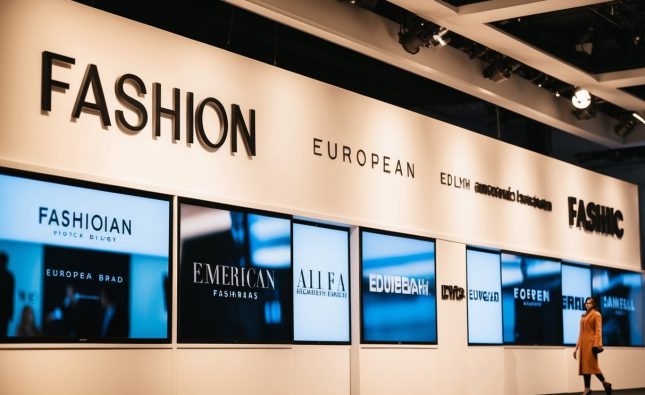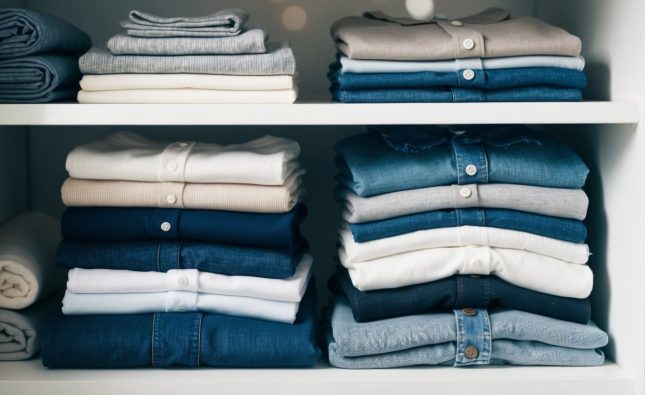
Choosing the right workwear can significantly impact comfort, safety, and productivity on the job. Quality brands for workwear prioritize durability and functionality, ensuring that employees are well-equipped to handle the demands of their roles. With numerous options available, understanding which brands provide reliable and effective work apparel is essential for anyone looking to make informed purchasing decisions.

Investing in reputable workwear brands means investing in clothing that withstands wear and tear while providing essential features such as breathability, waterproofing, and safety compliance. Many professionals overlook the importance of quality in their work attire, often leading to discomfort and decreased performance. Recognizing trusted names in workwear can guide individuals and businesses to select the best products for their needs.
As the work environment continues to evolve, so does the technology behind workwear materials and designs. This blog post will explore a selection of top brands that excel in providing quality workwear, helping readers navigate the choices available to them.
Defining Workwear Quality

Quality workwear must excel in several areas critical to performance and comfort. Material choice, construction methods, and ergonomic design play essential roles in determining the suitability of workwear for various industries and tasks.
Material Durability and Fabric Types
The durability of workwear starts with the selection of materials. Fabrics like cotton, polyester, and canvas are popular choices for their strength and longevity.
- Cotton: Offers breathability and comfort but may wear out faster in rugged environments.
- Polyester: Known for its resistance to shrinking and stretching, it is often blended with other materials.
- Canvas: Highly durable and suitable for heavy-duty applications, but can be less flexible.
Each fabric has unique properties that affect how well it withstands wear and tear. For example, reinforced fabrics provide greater abrasion resistance, while moisture-wicking options help keep the wearer dry.
Construction and Craftsmanship
Quality workwear requires precise construction techniques to ensure longevity. Look for features such as double-stitched seams and reinforced stress points.
Key elements of good craftsmanship include:
- Seam Type: Flat-felled seams prevent fraying and enhance durability.
- Fastenings: Heavy-duty zippers and buttons improve the lifespan of garments.
- Finishings: Treatments like water-resistant coatings can enhance functionality.
Attention to detail in construction determines how well the workwear can protect the wearer while maintaining its integrity under tough conditions. High-quality craftsmanship can significantly reduce the risk of garment failure.
Comfort and Ergonomics
Comfort in workwear is vital for maintaining productivity. Ergonomic designs can prevent fatigue and allow for a greater range of motion.
Elements that contribute to comfort include:
- Fit: Tailored fits accommodate movement without being restrictive.
- Breathability: Fabrics should allow air circulation to regulate temperature.
- Layering Options: Versatile designs can be worn alone or layered for varying conditions.
Properly designed workwear not only enhances comfort but also boosts efficiency and safety. Choosing garments with these features can lead to improved performance in demanding work environments.
Top Brands in Workwear Industry
The workwear industry features several key players known for their quality and reliability. Each brand brings unique strengths to the table, catering to various needs within the workforce.
Carhartt: A Legacy in Durability
Carhartt has established itself as a leader in workwear, recognized for its durable and rugged garments. Founded in 1889, the brand specializes in clothing that withstands harsh working conditions.
Workers across industries rely on Carhartt for its heavy-duty materials and thoughtful designs. Features such as reinforced seams, water resistance, and insulated options make its products suitable for outdoor and industrial work.
The brand’s classic logo represents trust and quality, attracting a loyal customer base. Carhartt’s commitment to durability ensures its garments can endure the toughest tasks.
Dickies: Blending Functionality and Style
Dickies is renowned for merging functionality with contemporary style. Founded in 1922, the brand creates clothing that appeals not only to workers but also to the casual consumer.
Dickies offers a wide range of products, from pants and shirts to outerwear. The brand’s use of sturdy fabrics and attention to fit allows for ease of movement on the job.
Additionally, Dickies often incorporates trendy designs, making its workwear versatile for both work and leisure. This blend of fashion and function sets Dickies apart in the workwear market.
Red Kap: Performance and Professionalism
Red Kap has a strong reputation in the workwear sector, especially among industries requiring uniforms. Founded in 1923, Red Kap focuses on creating apparel that meets workplace standards.
The brand’s garments often include features like stain resistance, easy care fabrics, and tailored fits. These elements contribute to a polished look that does not compromise on comfort.
With a wide selection of styles for various professions, Red Kap caters to the needs of businesses and their employees. Its dedication to quality supports the professional image of many companies.
Caterpillar: Heavy-Duty Resilience
Caterpillar, best known for its machinery, also produces a range of high-performance workwear. The brand emphasizes ruggedness and protection for workers in demanding environments.
Caterpillar garments are designed with features like reinforced stitching, slip-resistant soles, and water resistance. These characteristics make them ideal for construction and outdoor jobs.
The brand’s association with heavy machinery reinforces its reputation for durability. Workers trust Caterpillar to provide reliable clothing that can withstand the rigors of their trade.
Evaluating Workwear Brands
When choosing the right workwear brand, several factors are crucial for making an informed decision. Key considerations include the brand’s reputation, customer service, warranties, and pricing. These elements influence not only the quality of products but also the overall buying experience.
Brand Reputation and Reviews
A workwear brand’s reputation plays a vital role in its perceived value. Researching customer reviews across various platforms can provide insights into the quality and durability of the products.
- Ratings: Look for brands with an average rating above 4 stars.
- Feedback: Pay attention to common themes in reviews, such as sizing, comfort, and washing results.
Brands known for quality often have a history of reliability. Trusted names in the industry, such as Carhartt and Dickies, carry endorsements from professionals who rely on these garments daily.
Warranty and Customer Service
A solid warranty reflects a company’s confidence in its products. Many quality workwear brands offer warranties ranging from one year to a lifetime. This coverage can include defects in material and workmanship.
Good customer service is equally important. Brands should offer accessible support channels, such as:
- Live chat
- Email support
- Phone lines
Quick response times and efficient resolution of issues enhance the purchasing experience. Brands like Patagonia and Helly Hansen are noted for their customer-centric policies.
Price Comparison and Value for Money
Price is a significant factor in choosing workwear. While it can vary greatly between brands, it’s essential to evaluate quality in relation to cost.
- Budget Brands: Brands like Fruit of the Loom offer lower-priced items but may lack in durability.
- Premium Options: Brands such as Red Wing and Carhartt, while more expensive, tend to provide lasting quality.
Price comparisons can reveal the best value. The highest-priced items are not always the best. It’s important to assess the features offered, such as fabric technology, design, and safety standards, to determine true value for money.












